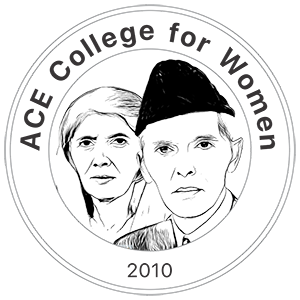Agrowaste Valorization Through Handmade Papermaking: A Sustainable Alternative Livelihood Approach
| Received 31 Mar, 2025 |
Accepted 19 May, 2025 |
Published 30 Jun, 2025 |
Background and Objective: The growing need for sustainable alternatives to wood-based paper has brought agro-waste into focus as a promising raw material. This study explores the production of handmade paper from agricultural waste, particularly Ramie (Boehmeria nivea) decorticated waste, lemongrass, bamboo leaves, and banana stems. Materials and Methods: Agro-waste fibers were processed using an alkaline pulping method with different concentrations of sodium hydroxide (NaOH) solution, followed by bleaching, neutralization, grinding, and sheet formation. Reinforced papers were created by layering additional Ramie fibers between the sheets. The finished papers were assessed for thickness and grammage (GSM). The chemical oxygen demand (COD) of the effluent generated during handmade paper production was analyzed. An F-test assessed data variability, followed by a T-test to determine significant differences in means at a 95% confidence level. Results: It showed that handmade paper produced from Ramie decorticated waste showed higher GSM compared to other agro-waste fibers. Reinforced Ramie paper displayed a notable improvement in GSM compared to non-reinforced papers. Reinforcement techniques further enhance the quality, making it a sustainable alternative to conventional paper products. The COD of the generated wastewater was reduced from 51951.9+4226.98 ppm (following treatment with 18% NaOH with boiling at 90°C for 90 min) to 32947.85+1731.14 ppm (following treatment with 3% NaOH with boiling at 90°C for 30 min). Conclusion: Hence, the decorticated Ramie waste emerges as a highly suitable material for making eco-friendly handmade papers.
How to Cite this paper?
APA-7 Style
Palwan,
E., Debbarma,
S., Chaudhuri,
S.R. (2025). Agrowaste Valorization Through Handmade Papermaking: A Sustainable Alternative Livelihood Approach. Trends in Agricultural Sciences, 4(2), 163-169. https://doi.org/10.17311/tas.2025.163.169
ACS Style
Palwan,
E.; Debbarma,
S.; Chaudhuri,
S.R. Agrowaste Valorization Through Handmade Papermaking: A Sustainable Alternative Livelihood Approach. Trends Agric. Sci 2025, 4, 163-169. https://doi.org/10.17311/tas.2025.163.169
AMA Style
Palwan
E, Debbarma
S, Chaudhuri
SR. Agrowaste Valorization Through Handmade Papermaking: A Sustainable Alternative Livelihood Approach. Trends in Agricultural Sciences. 2025; 4(2): 163-169. https://doi.org/10.17311/tas.2025.163.169
Chicago/Turabian Style
Palwan, Espita, Sampili Debbarma, and Shaon Ray Chaudhuri.
2025. "Agrowaste Valorization Through Handmade Papermaking: A Sustainable Alternative Livelihood Approach" Trends in Agricultural Sciences 4, no. 2: 163-169. https://doi.org/10.17311/tas.2025.163.169

This work is licensed under a Creative Commons Attribution 4.0 International License.



